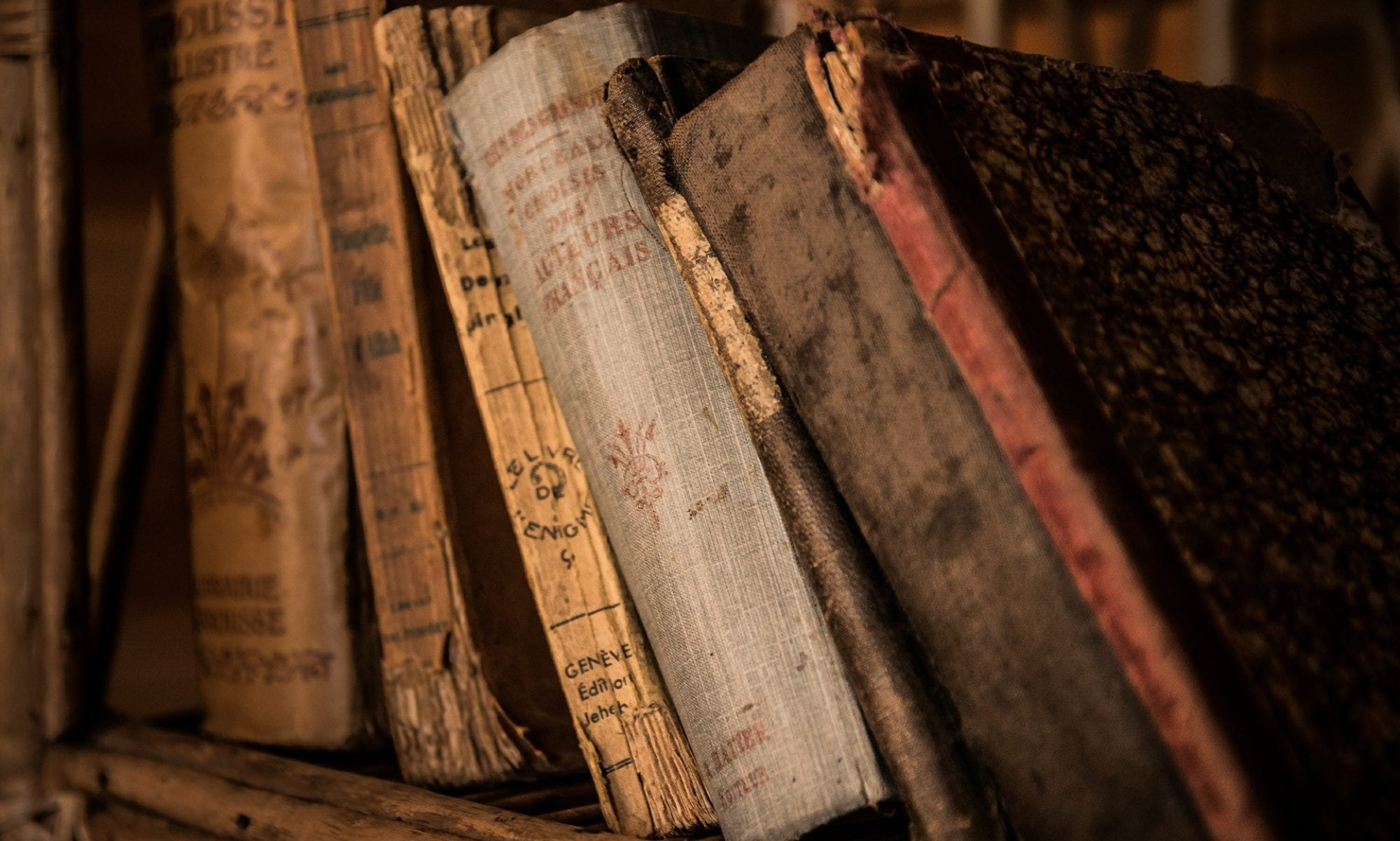COURSE INSTRUCTOR: DR. EMILY DALTON
COURSE DESCRIPTION
This course explores encounters with death and dying in medieval literature, which seeks to understand how we might make sense of our own mortality and that of others, and how we translate loss into practices of recollection and mourning. How should we orient ourselves toward death, an event absolutely certain yet fundamentally unknowable? How can we bridge the gap between the living and the dead, and how do the dead continue to shape the social and spiritual world of the living? What is literature saying when it speaks about death, and what particular possibilities does literature offer in structuring our experience of mortality and loss?
We examine such questions through a close reading of works of medieval European literature, considering shifting beliefs about death and afterlife; ancestors, revenants, cultural memory; and the devastation of the Black Plague, the fourteenth-century epidemic which decimated Europe’s population. Recognising these texts’ historical and cultural specificity, we will also consider how they speak to contemporary concerns about the creation of human community, the politics of dead bodies, and the ethics of care, particularly in times of crisis.
READING LIST HIGHLIGHTS
REFLECTIONS FOR THE SPRING 2021 CLASS
The first class of this course took place in the Spring Semester of the Academic Year 2020 / 2021. As per the Medieval Romance class, this course drew students from all cohorts. Aptly taking place on Mondays and Thursdays evenings at 6pm within the former Elm Common Lounge, the course and its ambience seemed particularly apt and relevant given that the bulk of its historical context centres on the Black Death during the Middle Ages, a deadly pandemic situation that has come to characterise our time in the present as well.
The opening readings on the Old English elegies “The Seafarer” and “The Wanderer”, along with Robert Harrison’s writing on “The Earth and Its Dead” seemed to attract interpretations across disciplines such as urban studies, archaeology, eco-criticism, and naturally, literature. Prominent ideas that came up include anthropocentrism, the dissolution of meaning, literature as a posthumous voice, questions about religious consolation, and so on.
The class then turned to examine the medieval dream vision motif and genre in texts such as Pearl (which some found themselves relating to the speaker, who is unable to truly understand the death of his late daughter, who appears and explains the afterlife in a register that is difficult to grasp) and the highly intertextual work, The Book of Duchess. Considerable time was devoted to understanding significance of dreams in the Middle Ages (notably through Macrobius’ medieval dream theory), before the poignant and hallowing motif of memento mori was explored in Audelay’s Three Dead Kings and The Pardoner’s Tale (another work by Chaucer). For the latter text, the class even had a fun time reciting the prologue of The Canterbury Tales collection in its original Middle English.
After the break from the auspicious Chinese New Year, the class came back together (ironically but with much amusement) for a deep dive into the underworld of Dante’s Inferno. Dante’s text evoked responses on both extremes, and often they oscillated across the different Cantos, with some feeling admiration for Dante’s vivid imagination at one point, and then annoyance and disbelief at some of the poet’s more controversial imagery and distinctly political assaults on his contemporaries. A good half of the class eventually produced creative projects inspired by different Cantos and elements from the text, which can be explored further below:
The Inferno Collection
Come mid-March, the class emerged from the dark woods of the Commedia to confront the Black Death proper as a significant historical event that was accompanied by a collective struggle to comprehend, articulate, and remember the collapse of the world as people knew it. The issue of social hierarchy and its collapse in the face of death, dealt with by motifs such as the danse macabre and carnivalesque, came back into the spotlight as the class continued with William Langland’s extremely allegorical poem, Piers Plowman.
Remembering, grieving, and mourning takes a noticeable turn to interiority with Montaigne’s Essais, which transitioned seamlessly into Hamlet, the final text of the semester. At which point, the ideas of death, mourning, and memory came full circle with discussions about the shifts in perception of death across the Middle Ages, different agents of death, the possibility / impossibility of human agency over death, the plurality of death and its ethical concerns (relating back to Dante’s idea of contrapasso), the individual and personal journey towards death (and understanding it), and finally, literature and storytelling in memorialising and coping with the uncertainty of mortality.
DELIVERABLES
Over the semester, the class had abundant opportunities for creative responses to find unique perspectives and angles to engage with the medieval texts studied on a primary basis. Aside from ones on Inferno, the class had also produced creative projects that go beyond the usual visual format to include plays, animations, choral recordings, sculptures, and more!
IMAGE CREDITS
[Featured Image] https://www.bl.uk/catalogues/illuminatedmanuscripts/ILLUMIN.ASP?Size=mid&IllID=56969
CONTRIBUTED BY DR. EMILY DALTON & TOH HONG JIN (’23)


